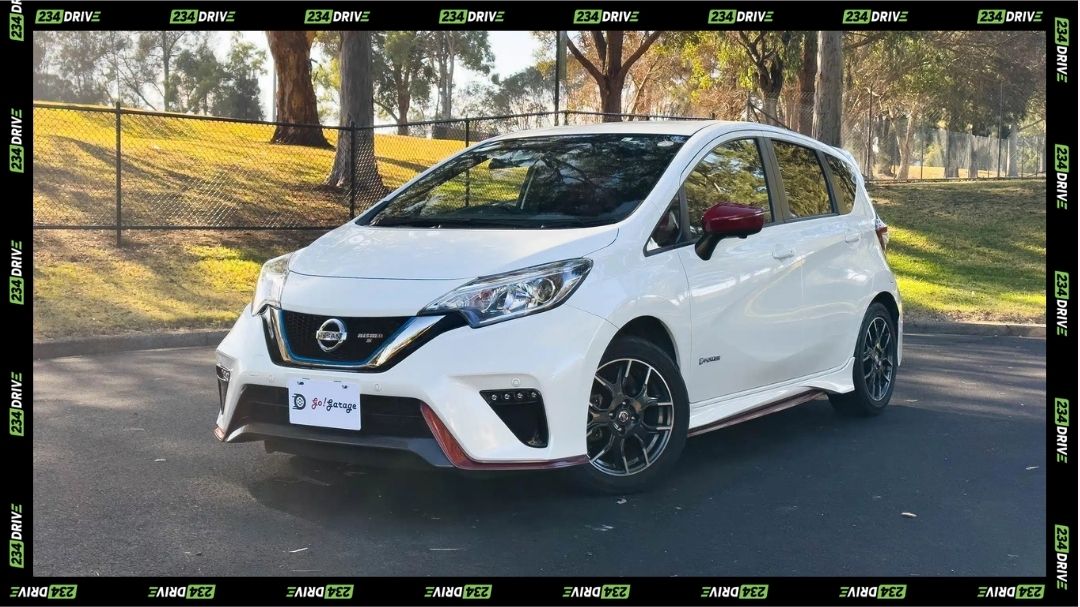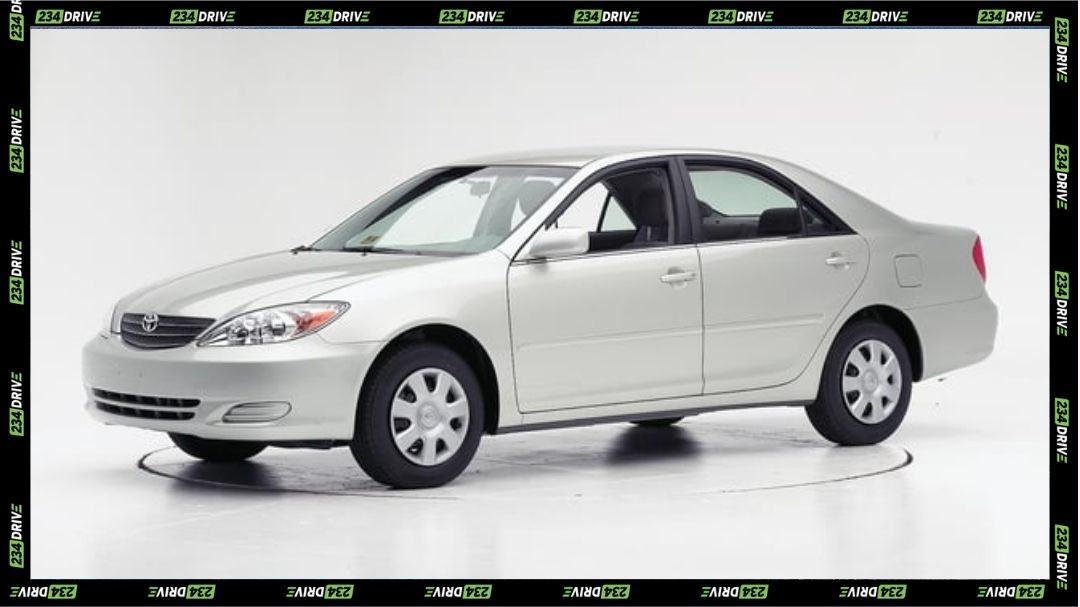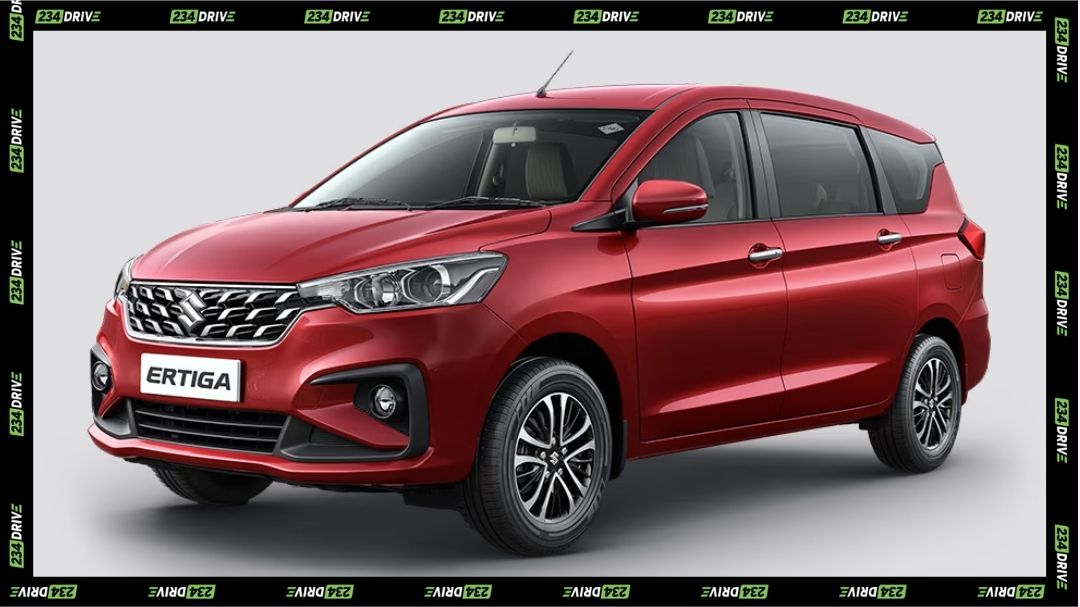Nigeria’s auto market is shifting from dependency on imported used cars to structured local manufacturing. The National Automotive Design and Development Council (NADDC) is steering that shift with policy, standards, and skills. Director‑General Oluwemimo Joseph Osanipin, in a 14th October 2025 TVC interview, outlined a phased restriction on used imports, paired with trade‑in pathways into new, locally assembled vehicles. The pitch is straightforward: safer cars on the road, fewer accident‑prone imports, more jobs in assembly and aftersales, and technology transfer that sticks.
The backbone is the Nigerian Automotive Industry Development Plan (NAIDP, revised 2023). Targets are unambiguous: ramp production toward 200,000 units annually, lift local content to about 40%, graduate from SKD into deeper CKD, and build capability in low‑emission tech—CNG today, EVs tomorrow. A “Nigeria First” procurement rule nudges ministries, departments, and agencies to buy what local plants assemble. On paper, this alone can lift output by 20% within three years if financing and demand hold.
Trade‑ins sit at the centre of the transition. Rather than a blunt ban that shocks the market, NADDC wants owners to swap older vehicles for new domestic models, seeding a regulated secondary market at home. That choice also undercuts the pipeline of ageing imports. To close the quality gap at the border, NADDC and the Standards Organisation of Nigeria (SON) are tightening conformity checks—moving testing upstream to ports of origin so condemned or flood‑damaged cars don’t touch Nigerian roads.
Financing remains the hinge. NADDC’s collaboration with the Nigerian Consumer Credit Corporation (CREDICORP) puts a ₦20 billion auto credit facility on the table for locally built vehicles—cars, tricycles, and motorcycles. Lower monthly payments unlock demand; predictable offtake keeps plants running; suppliers gain confidence to tool up. An owner‑to‑workshop app is also in the works to link buyers with authorised service nationwide, a critical piece outside Lagos and Abuja.
Local assemblers stand to benefit first. Innoson Vehicle Manufacturing (IVM) anchors indigenous capacity and has lined up projects in CNG assembly and workforce training. Nord Automobiles pushes university‑linked assembly and light electrification pilots. Jet Motor Company deepens heavy‑duty assembly and CNG conversions. If “Nigeria First” procurement scales as intended, assemblers move volume, hire, and invest in dies, jigs, and local suppliers rather than importing subassemblies indefinitely.
Skills are the multiplier. NADDC and partners report training over 30,000 technicians since 2023, with 2025 adding roughly 15,000 in CNG conversions, mechatronics for two‑ and three‑wheelers, and heavy‑duty systems. That pipeline feeds conversion centres, dealership workshops, and independent garages. Stories on X show the human side: mechanics with fresh CNG licences landing immediate work; technicians retrained from carburettors to diagnostics and harnessing. With the Presidential CNG Initiative pulling capital into refuelling and fleets, skills translate directly into jobs.
Enforcement and standards shape outcomes. Joint SON‑NADDC operations aim to stop substandard imports early. End‑of‑Life Vehicles (ELV) regulation, finalised in 2024, sets up recycling channels to recover value and create circular jobs rather than pushing end‑stage cars into informal markets. Port‑of‑origin testing, VIN history checks, and penalties for non‑compliance tighten the gate. The aim is not to starve demand; it’s to discipline supply.

Costs and consumer impact remain the hard questions. Importers and clearing agents warn that tighter restrictions and levies can add up to 40% to landed costs, pushing ownership out of reach. Households already squeezed by inflation won’t absorb big ticket jumps easily. The counter‑argument: credit plus trade‑ins buffer the shock, while safer, more efficient vehicles reduce lifetime costs. Both can be true for different segments. Policymakers will need targeted credit, transparent fees, and a clear glide path for age and emissions thresholds.
Execution risk is real. Nigeria’s auto policy has swung before—from tariff hikes to sudden duty relief—leaving plants idle and suppliers cautious. EV import compliance fines and mixed signals on age caps have sown confusion. The fix is consistency: publish the roadmap, hold it, and stage the milestones—age‑limit tightening, SKD‑to‑CKD (Semi Knocked Down to Completely Knocked Down) progression, and domestic content targets—on a clock industry can plan around.
A regional lens helps. South Africa built depth with predictable incentives, supplier parks, and export programs. Morocco paired Original Equipment Manufacturer (OEM) anchors with free‑zone logistics. Nigeria’s scale is larger, but logistics and power reliability lag. The bet on CNG leverages local gas, lowers running costs, and buys time while EV charging develops. If Nigeria aligns incentives across gas supply, refuelling corridors, and fleet conversion, CNG can be the bridge technology that keeps mobility affordable.
What to watch over the next 12–24 months: the legal passage of NAIDP to lock incentives; disbursement pace of the CREDICORP facility; government procurement volumes under “Nigeria First”; commissioning of new CNG conversion and training centres; and SON/NADDC data on failed pre‑shipment tests. If these needles move together, the 20% output lift is plausible. If they drift, assemblers will struggle to justify new tooling and local content won’t climb.
For consumers, the experience should change in visible ways: newer cars in public fleets, stable financing offers from banks tied to local VINs, easier access to authorised service, and CNG options on commuter and commercial segments. For industry, the scoreboard is simple—units built, local parts share, jobs created, export readiness, and safety outcomes. Keep those metrics public and the policy earns trust.
Bottom line: the direction makes sense—discipline the inflow, finance the upgrade, train the workforce, and hold standards. The difference between promise and progress will be boring execution: contracts honoured, inspections consistent, credit flowing, and power to the plants. Nail that, and Nigeria moves from a used‑car destination to a manufacturer with staying power.








